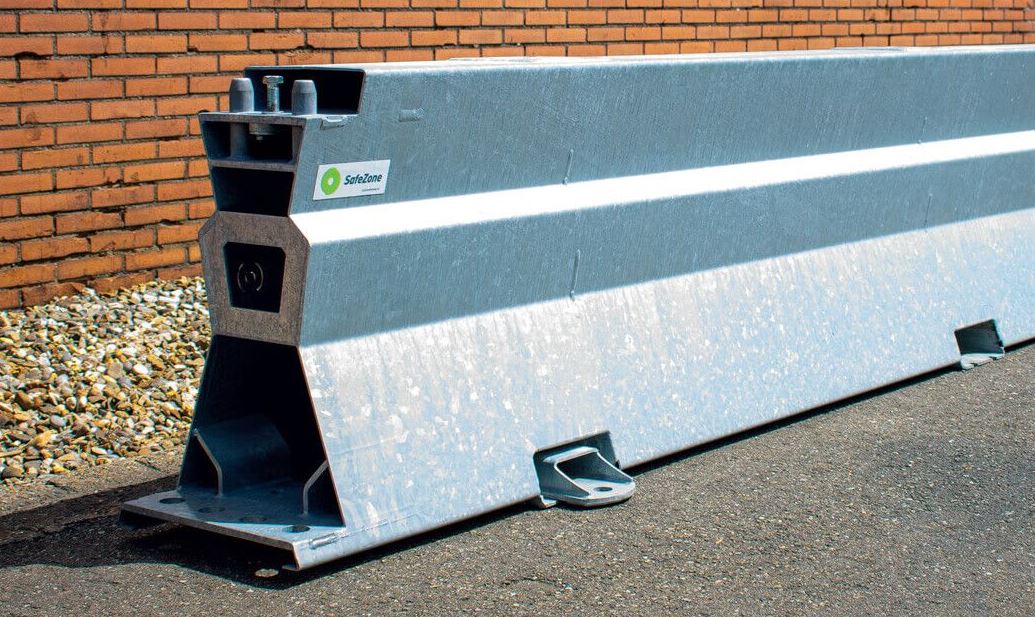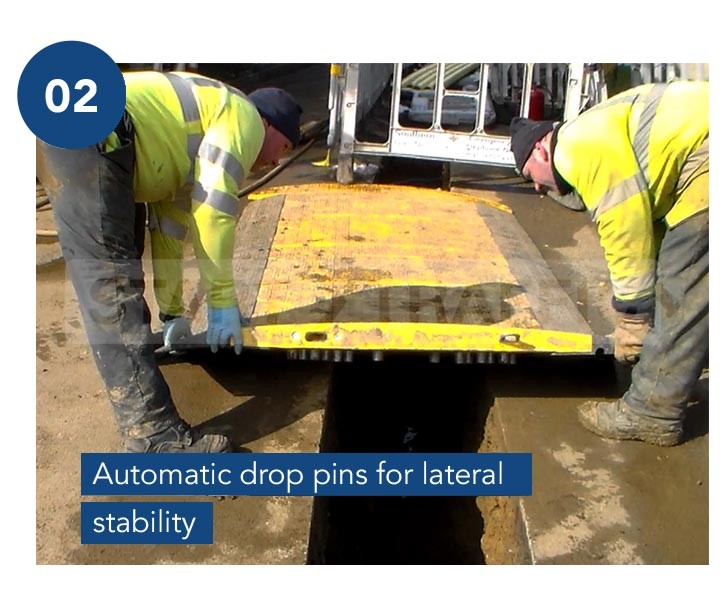Get This Report about Steel Road Plates
Wiki Article
The Basic Principles Of Steel Road Plates
Table of ContentsSome Ideas on Steel Road Plates You Should KnowOur Steel Road Plates DiariesWhat Does Steel Road Plates Do?Our Steel Road Plates PDFsSome Of Steel Road Plates
When these big plates stick out right into the lane of traveling, there is a danger of puncturing to the tire wall surfaces - Steel road plates. Prone to moving in addition to adding to slips, trips and drops the plates are hard for a vehicle driver to see at a range and especially when visibility is bad due to poor weatherThe requirement to improve travelling and functioning conditions and the safety and security of our roads is ending up being progressively essential, with clear performance procedures presented by our States' Departments of Transportation, and with direct liability for professionals. Moreover, in a progressively litigious society, liabilities and fines require to be handled proactively. Slides, trips and falls and the resulting obligations and litigation expenses can deteriorate any type of earnings that a job may have created and can even close a company down entirely.
In Australia and New Zealand, using steel plates to cover over utility trenches is a common practice and there are standards in place for their use; the plates should be protected to the road, there must be an anti-skid material on the surface, safety and security codes for running machinery has to be followed and the plate edges must be ramped with either cold spot or other materials to make sure that the edges are chamfered to the existing roadway.
Not known Factual Statements About Steel Road Plates
You can see these brand-new items deployed each day within safety and life critical applications such as utilities, building, commercial, highway works and events throughout the globe. They are the items that quietly and discreetly keep all of us secure yet we so rarely notice them. The evolution of composite items has actually happened largely in reaction to the demand to boost tools use and decrease costs whilst likewise ensuring website safety and boosting the image of metropolitan workzones.Quick and easy to release, composite road plates and trench covers lessen downtime as no hefty training tools is required; a basic two-man lift downplays what was as soon as a major job. Compound plates are, generally, one 3rd the weight of a steel option and can be set up in mins by 2 people when not in usage they can be stored conveniently in a typical truck.
In the past, a trench would be dug, covered with plywood and after that wooden sides would certainly be built on site to develop a single-use obstacle. This took some time, would frequently bring about delays in the job timetable, and incurred an expense to develop the barrier. Using the composite remedy, it can be laid down and the contractor can stroll away understanding that the site is safe which the lower line has actually been improved.
The Steel Road Plates Ideas

There is no demand to recess Road Plates, so reinstatement is significantly less costly. Website safety and security is enhanced as home plates have no fundamental scrap value. Upkeep expenses disappear the irreversible anti-slip surface area and hi vis yellow composite material eliminate ongoing upkeep costs related to renewing anti-slip surfaces and paint timber and steel.
Since Oxford's plates can be taken care of manually, we were able to run smaller sized machines. Oxford Plastics has functioned very closely with utilities and specialists within the UK and US markets, establishing the following generation of composite Roadway Plates.
Fascination About Steel Road Plates
Popular with utility business dealing with gas, water, power and interaction services, professionals are discovering the Oxford items go a lot easier and safer to lift into location than hefty steel plates and much a lot more steady and long lasting than plywood. There is a decreased cost of deployment no more products and work prices connected with painting plywood - Steel road plates.Hands-on handling is difficult with standard steel plates and big, costly crane lifting is needed all including to the cost and intricacy of any kind of task. The simplicity of implementation and compact dimension of the Roadway Plates were an ideal fit with the Maintain London Moving initiative, where impact and speed of installation are critical variables.
The expenses and downtime related to the reapplication of the anti-slip coating to steel plates is too high, because of very high wear prices. The Oxford 15/05 Composite Modular Roadway plates were established, originally, as an option to the issues offered in the London effort. Since, the Compound Modular Road Plate has actually found a home in nations throughout the world, with Oxford adapting the array to make sure conformity with one of the most strict safety codes.
Steel Road Plates Can Be Fun For Anyone

The Civil Safety Products Plate has none of these problems as it is virtually silent with all processes from installation, during worksite placement, and through to being dismantled. Civil Safety Products' Road Plate is made from several modules or inner areas that clip with each other and adjust to the bumps and angles of the roadway.
Report this wiki page